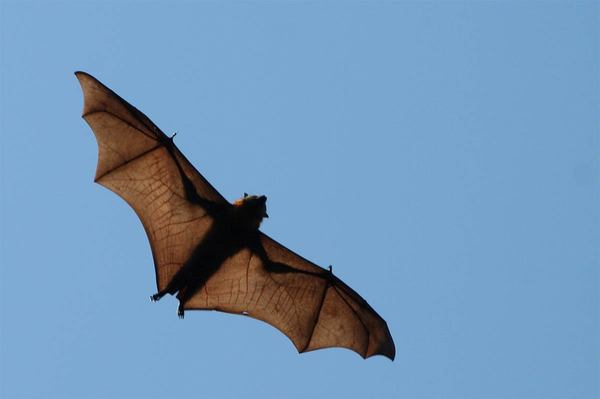NOOSA Council is calling in flying fox experts to provide advice on how best to manage the Wallace Park flying fox colony, but it’s long overdue according to local residents.
Councillors last Thursday 30 July voted to have expert consultants develop a management plan for the colony, which has built up over the past two years.
The council first started receiving complaints about noise, odour and droppings in January 2014 and since then, some buffer works have been carried out, but the council said it will be good to get further advice from a business that has significant experience in flying fox management.
Cr Tony Wellington said the consultants would liaise with residents, stakeholders and council staff, and then prepare a draft management plan containing recommendations and costs.
“With the decision at (the last) ordinary meeting, the consultants can get started immediately,” he said.
Wallace Park resident Kay Fielden has been a long-term advocate for managing the flying fox colony that affects her home and said the council’s plans are long overdue.
“There is provision in State legislation to conduct management schemes to control bat numbers,” she said.
“The current Noosa Council was referred to the legislation more than two years ago but chose to do nothing.”
Cr Wellington said the council sympathised with those who had been suffering from the impacts of the bat colony.
“I can certainly appreciate how frustrating the situation is for residents and businesses close to Wallace Park,” he said. “I have spoken to many of them. Some are tolerating the situation well whereas others are not.”
The council will also trim back vegetation along the fire trail behind Lewis Street and Sunrise Avenue at Tewantin, but this work will be subject to a budget allocation and the prevailing conditions.
“We hope to begin this work soon, but there are a couple of hurdles, including the fact the site is currently waterlogged,” Cr Wellington said.
“This makes it impossible to get equipment in place. The state’s Flying Fox Code of Practice also prevents us from starting while flying foxes are still roosting where the works are to be carried out. The overall numbers of animals in Wallace Park have decreased significantly. Once the remaining bats have moved away from the fire trail, we can hopefully begin that work.
“We can’t be certain whether flying foxes will return to Wallace Park in large numbers the way they have over the past two seasons. But by having a comprehensive Flying Fox Management Plan in place, we will at least have some clear steps as to how best we can manage the problem.”
Ms Fielden said the Noosa Council should also consult with the Sunshine Coast Council on the management plan, plus an array of health experts and scientists.
“Health experts and scientists have produced numbers of papers on the dangers of bat inhabitation in urban areas,” she said.
“Bodies such as the Queensland University of Technology have done a lot of work in this area, as have the Queensland University Biomedical Research Centre. Any studies undertaken by experts hired by the Noosa Council will have to examine this work and look at the findings.”
Ms Fielden agreed the cutting back of vegetation would help the current situation.
“The cutting back of vegetation, especially the paperbark flowering trees would definitely help, as it would reduce the food available for large quantities of bats to feed upon,” she said.
“The idea has been mooted for some time, and a metre-wide cutback was actually done by the council two years ago. Unfortunately it was not enough. Lighting and sprinklers have also been shown to be effective in moving bats on, as was demonstrated some years ago in the Northern Territory. This knowledge is also known to the council.”
Ms Fielden said the measures being proposed by the council are a “step in the right direction” and will prove more effective than previous proposed measures such as the installation of “double glazed windows”.
Get the latest news to your email inbox FREE!
REGISTER






